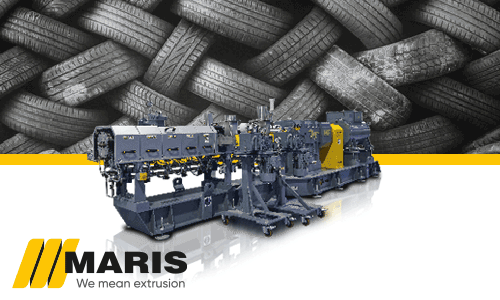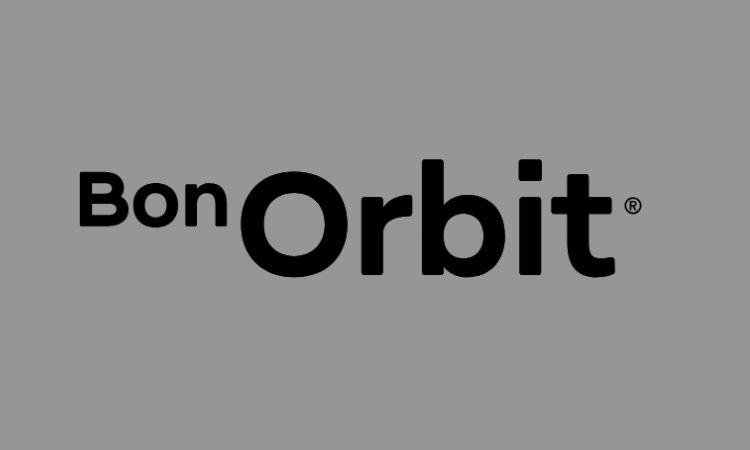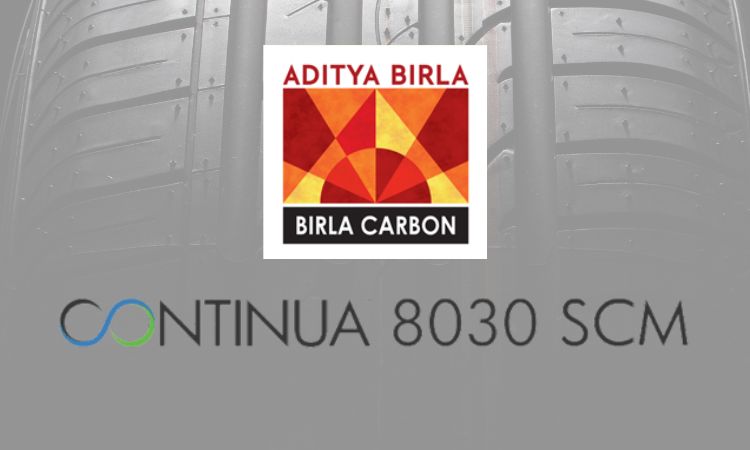BIR World Convention 2025: Asian rubber recyclers highlight closed-loop solutions
Pioneering recyclers of rubber in Asia took centre stage at the BIR World Recycling Convention in Bangkok on 28 October. Their case studies highlighted the potential for valuable, closed loop solutions for the challenging material. The emphasis on adding value while delivering sustainability credentials increasingly sought by OEMs and brands came during the session for BIR’s Tyres and Rubber Committee.
Committee Chairman Max Craipeau, Greencore Resources Pte Ltd (Hong Kong, CHN) said it was clear that recycling rubber from tyres and other products is much more complicated than processing metals or plastic.
“It's very hard to replace one tonne of virgin or primary material with one tonne of recycled [rubber] material, so we need ESG brand commitments. Brands have to be able to communicate and take value from the incorporation of recycled material to offset the additional costs they have to bear with using it.”
Mr Craipeau said brands had to be willing to pay more than they would for virgin materials so they could promote to their own customers that they are caring for the planet, the environment and that their products do not end up in landfill.
Asmipudin Mohd Ali Jinnah, CEO of Bridge Fields Resources (MYS), explained how his company began recycling rubber in 2004 in Ipoh, Malaysia, before moving to a larger site in Rasa in 2010. It patented a non-toxic, low-heat technology treatment for recycling rubber and in 2019 found a way to recycle nitrile gloves.
Bridge Fields delivers two recycled materials based on recovered latex – White Latex Reclaim and Black Latex Reclaim – along with a hybrid material made from latex and tires. The company also produces reclaimed synthetic rubber from nitrile, butyl, and EPDM latexes.
The recycled rubber is used in the likes of the soles of shoes or mats. Mr Asmipudin said these products could be further granulated for use in sports fields or in playgrounds. Only at the end of their lives would such materials be recovered to extract oil from pyrolysis.
“Excess rubber from polymer plants is collected from the industry that will be processed into repro-polymers,” Mr Asmipudin explained. “We take all this excess material and reprocess it back into bales.”
He emphasised the importance of securing certification to prove the company’s sustainability credentials. These included ISO, ISCC, GRS and Cert B standards. It was doubly important, he said, because Malaysia was transitioning from voluntary ESG disclosures to mandatory plans by 2030.
EV market
Anansinee Thaboon, Founder of Greenergy One (THA), outlined her company’s innovative business strategy of recovering carbon black (rCB) from tyres and adding graphene to produce highly prized materials for battery manufacturers.
She explained that end-of-life tyres are collected from several sources, including manufacturers, dealers, the logistics sector and the community. After collection and sorting, the tyres are dried, clean and shredded before undergoing pyrolysis, resulting in refined rCB. Meanwhile, Graphene is synthesised from methane and biogas.
Ms Thaboon indicated that rCB alone had low value but that it doubled on purification. The value was “huge” when it was coupled with the graphene to become a composite that was sought by OEMs. Currently, she said, Thai customers use the manufactured carbon black for coatings, inks, plastic and technical rubber. In the future, the application would support the EV sector.
During a panel session which included Faisal Al Sharif, Director, Al Sharif Metal Enterprises (UAE), Mr Craipeau pointed out that, traditionally, tyres would be chipped for the waste-for-energy industry or for use in artificial turf. The latter use, however, was being challenged in Europe and the US on environmental grounds.
The Chairman pointed out to Mr Al Sharif that the presentations could offer new uses for end-of-life tyres in regions such as the Middle East where the stockpiling of billions of tyres could not continue for ever.
“What I can see is that Middle East is not focusing on rubber at all,” Mr Al Sharif replied, largely because virgin oil was so plentiful. “So that could be a really innovative chance to get this [technology] into the Middle East, especially those Gulf countries focusing and producing refined oil. rCB comes as a very innovative chance to start with it.”
Circular rubber products
Turning to circularity, Mr Asmipudin emphasised the importance of product design in rubber products, particularly in shoes.
“All this while we have been taught to use or to produce a product as cheaply as possible but the problem with producing rubber as cheaply as possible is that you have to dispose of it at the end. But if you design something as a good quality product, you can always reuse it back again.”
Whereas plastic or metal parts on shoes can be melted for recycling, that is not possible with rubber products and soles, Mr Asmipudin explained: “Rubber is cross-linked, you cannot melt it and use it, you have to devulcanize it. You have got to remove the sulphur bond. Once we solve the cross-linking issue then we can regenerate [soles] back to rubber, the top portion of the shoe is then a lot easier.”
He repeated his company’s insistence on transparency and accreditation for its sustainable products when they are sold on to major brands. Clients included Timberland uses up to 54% of recycled latex in their show and companies like Decathlon also incorporates recycled rubber in their shoe soles.
“They want to make sure that they are doing the right thing by using qualified source of rubber. When they use his products, “brand owners want a product that has been vetted and certified by a third party consultants with a certification body that represents its core values such as GRS and others. There is traceability and accountability on the sources where we get it from, so that's important.
“You don't want to go to a place where they use child labour or illegal foreign workers or any other issues that can damage a brand. Doing the right thing is always Important.”
Press release by BIR.
Weibold is an international consulting company specializing exclusively in end-of-life tire recycling and pyrolysis. Since 1999, we have helped companies grow and build profitable businesses.











